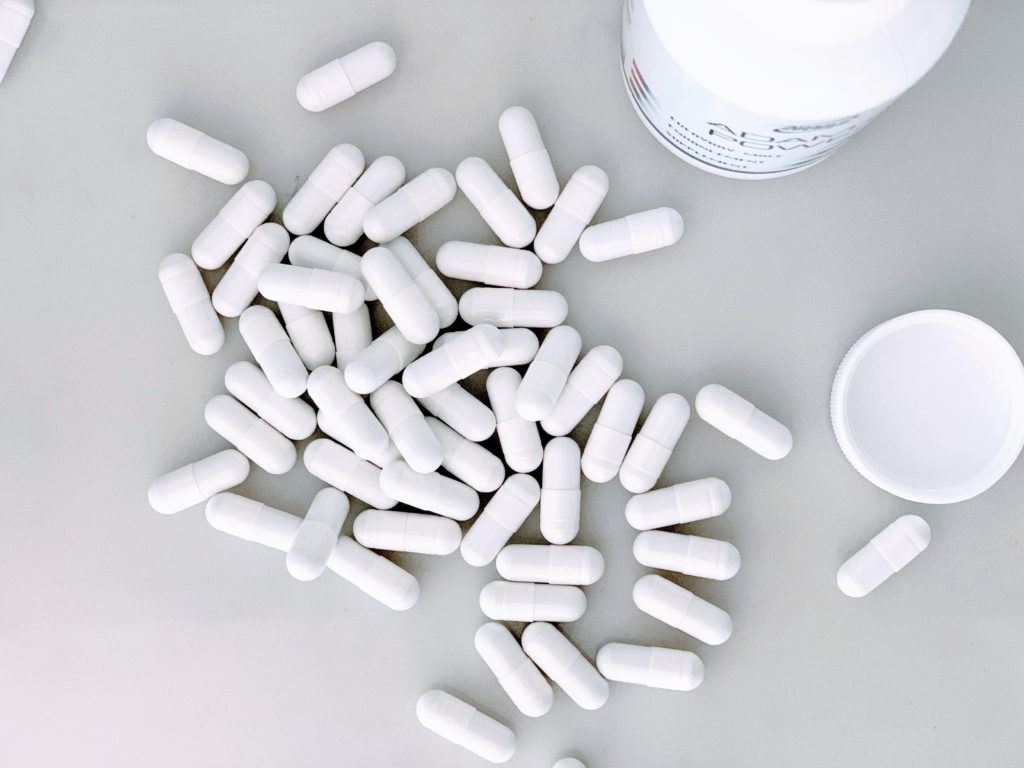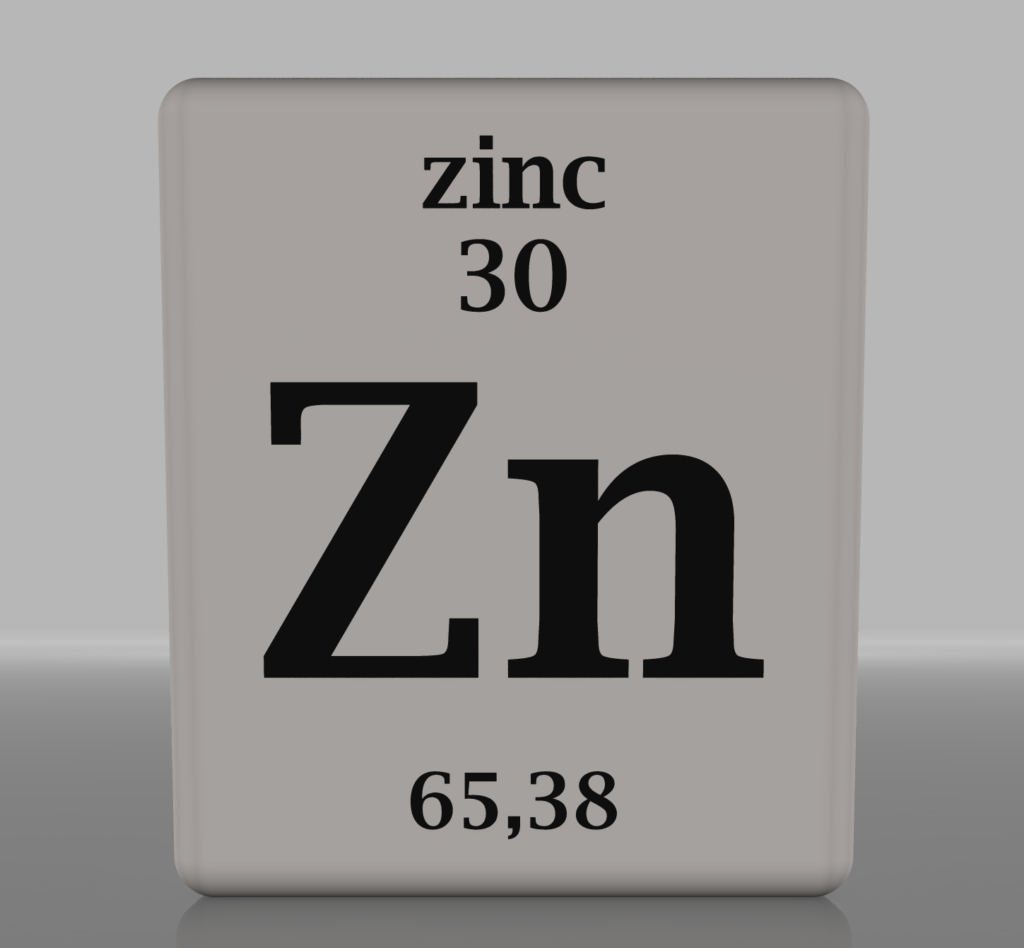The Dangers of Too Much Zinc
Zinc is a common nutritional supplement that gained popularity with the pandemic due to its documented effects on immune function. However, many common products contain enough zinc, that, if taken over the long term, could cause significant health problems.
The Numerous Functions of Zinc

Zinc plays an important role in numerous processes throughout the human body. As a nutrient, it has three major roles, including enzyme function, creating protein structures and regulatory effects.
The Enzymatic Role of Zinc
As a mineral, zinc has a large role as a cofactor for numerous enzymatic processes. Enzymes are proteins in the body that are involved with the creation or breakdown of other compounds. Estimates suggest that there are almost 2000 different enzymes that require zinc to function properly, making it a key cofactor for many different functions throughout the body (Andreini 2012). Of these enzymes, hydrolases make up the biggest share. Hydrolases are enzymes that use water to split another compound into two parts (Andreini 2012).
Beyond hydrolases, zinc plays a role in other enzymes that also split compounds or, in some cases, stitch them back together. It also can help with transferring functional groups from one compound to another (Maret 2013).
The Structural Role of Zinc
Zinc also finds its way into the structure of numerous proteins throughout the human body. Some of these proteins, called metalloproteins, are commonly involved in regulating DNA expression. These zinc-containing proteins are referred to as “zinc fingers (O’Dell 1992).”
The Regulatory Role of Zinc
As a nutrient, zinc also plays a regulatory role throughout the body. Its effects on immune function stems primarily from its regulatory role. Zinc plays a part in sustaining immune cell signaling which improves and coordinates overall immune responses (Kim 2021). Interestingly, zinc can both activate immune function while inhibiting some aspects of the inflammatory response. In general, zinc deficiency is associated with significant immune deficiency and an increased susceptibility to infections (Tuerk 2009).
And zinc deficiency is not uncommon. Older adults in the United States often don’t consume enough zinc. Research suggests that around 40% of people aged 60 and over don’t get enough in their diet (Ervin 2002). Overall, up to 17% of the world’s population is likely deficient in the mineral (Wessells 2012).
Zinc Toxicity
While zinc is crucial for health and well being, you can get too much. Most adults need a minimum of just over 10 mg of zinc to not become deficient (NIH 2021). However, many stand-alone zinc supplements contain 50 mg or more of the mineral.
Studies in humans have shown that the upper limit of safety for daily consumption from both foods and supplements is 40 mg. While reasonable doses above this level are safe for short-term use, over time too much zinc can cause problems.
When larger quantities of zinc are consumed, the body upregulates a protein called metallothionein. This protein can chelate excess metal, helping to keep zinc levels from becoming excessive. However, metallothionein binds to copper more effectively than zinc. As such, metallothionein reduces copper absorption, which, over time, can cause copper deficiency.
Copper deficiency typically presents with anemia and low levels of neutrophils, a type of white blood cell. This can cause fatigue and poor immune function. If not corrected, the condition can progress to nerve damage that can become severe (Gabreyes 2013). Since there are other causes of anemia and low white blood cells, copper deficiency is often missed as a possible diagnosis. In a recent case series of copper deficiency, the majority of patients were taking 45 mg of zinc or more for months to years before symptoms developed (Duncan 2015).
Safe Dosing

Generally, I never prescribe zinc over 30 mg per day. Even at that level, it may be wise to include a small amount of copper, especially if the diet is low in copper-rich foods. Foods highest in copper include organ meats, oysters and chocolate. Drinking water may also be a source, depending on the mineral content (Olivares 1996). Other sources include potatoes with the skin, crab, sunflower seeds, cashews, chickpeas, avocados, salmon, spinach, asparagus, peanuts and sesame seeds (NIH 2021, Arya 2016).
Conclusion
Zinc is a critical nutrient for a healthy immune response. Numerous over-the-counter supplements that are readily available contain 50 mg of zinc or more per dose. If these doses are taken long term, it is possible to become copper deficient which can lead to irreversible nerve damage. When taking zinc, it is safest to take no more than 30 mg per day. For individuals that are taking significant doses of zinc, including a small amount of copper or increasing copper-rich foods may be appropriate to prevent copper deficiency.



